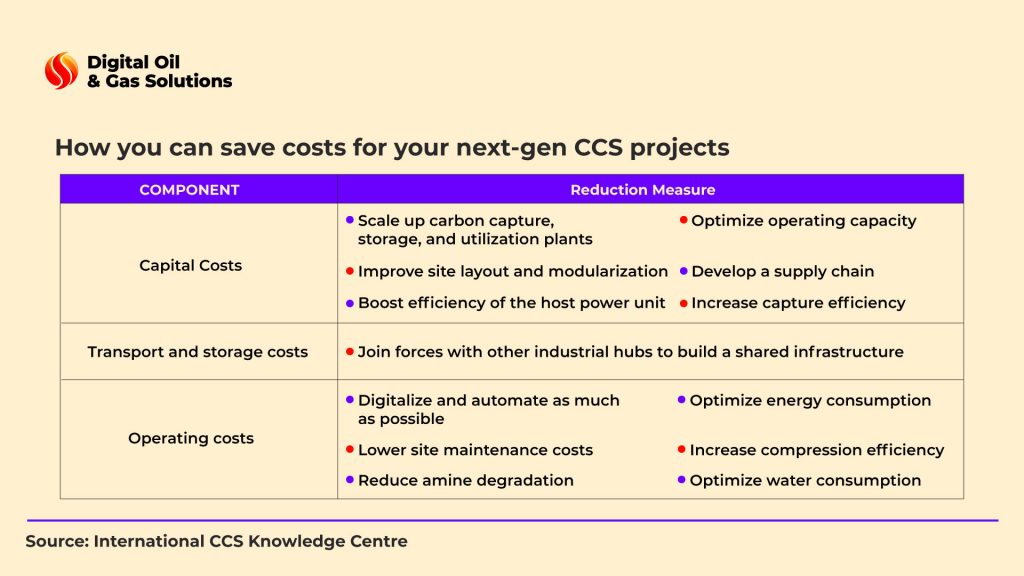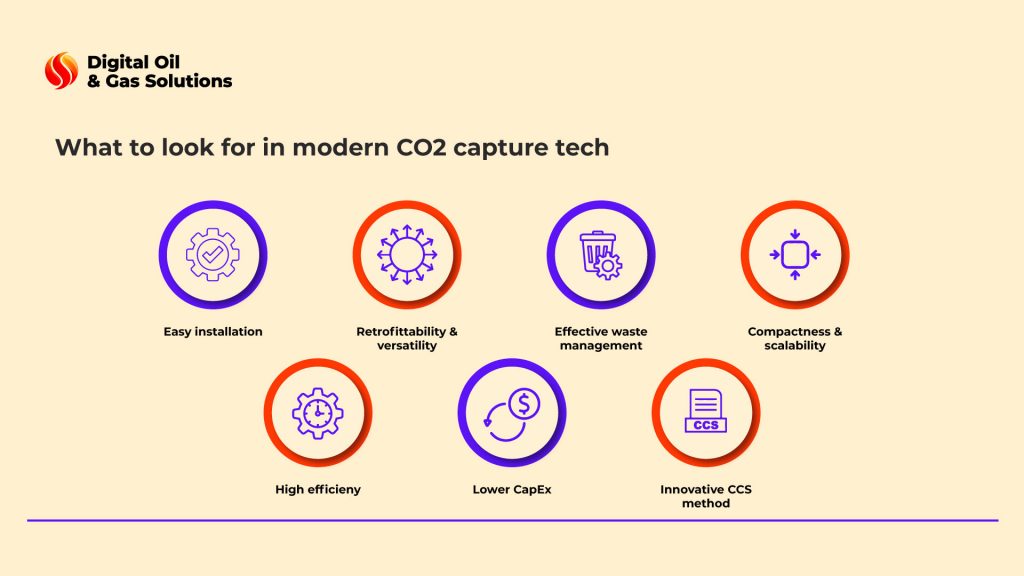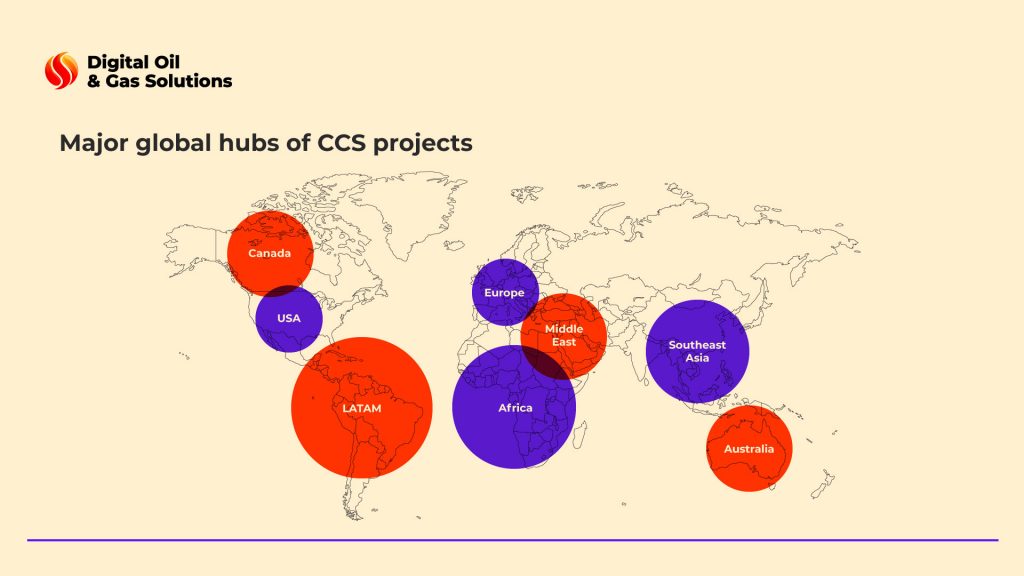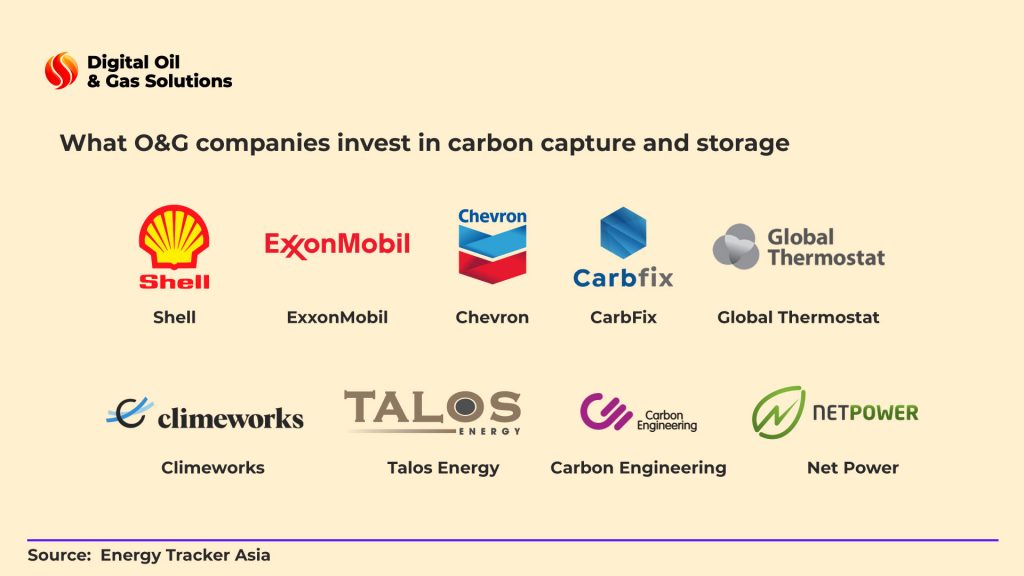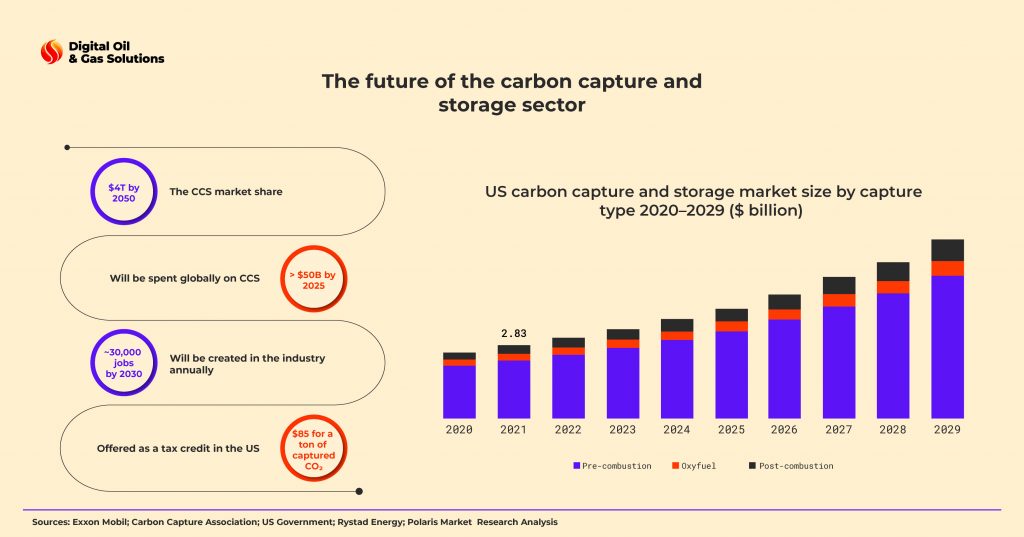The world’s largest E&P companies have been extremely active in selling assets this year according to analysis available in Evaluate Energy’s latest M&A infographic.
Evaluate Energy’s data shows that over $22 billion has been raised by oil and gas majors – public companies with an enterprise value of over $10 billion – since the start of 2022 by selling assets or stakes in their upstream portfolios.
“There have been 46 individual deals with majors selling assets since the start of the year across 17 countries, with a large number of assets sold to private equity buyers,” explains Eoin Coyne, Evaluate Energy’s Senior M&A Analyst.
While sales have been frequent, acquisitions have been thin on the ground.
“The current price environment is seemingly steering these producers towards sales and potentially furthering development of existing core assets and away from any kind of widespread acquisition activities,” said Coyne.
“Investment in renewable energy sectors has also been growing.”
Evaluate Energy’s Q3 infographic provides detailed information on asset sales by Repsol, ExxonMobil and Shell, among others.












